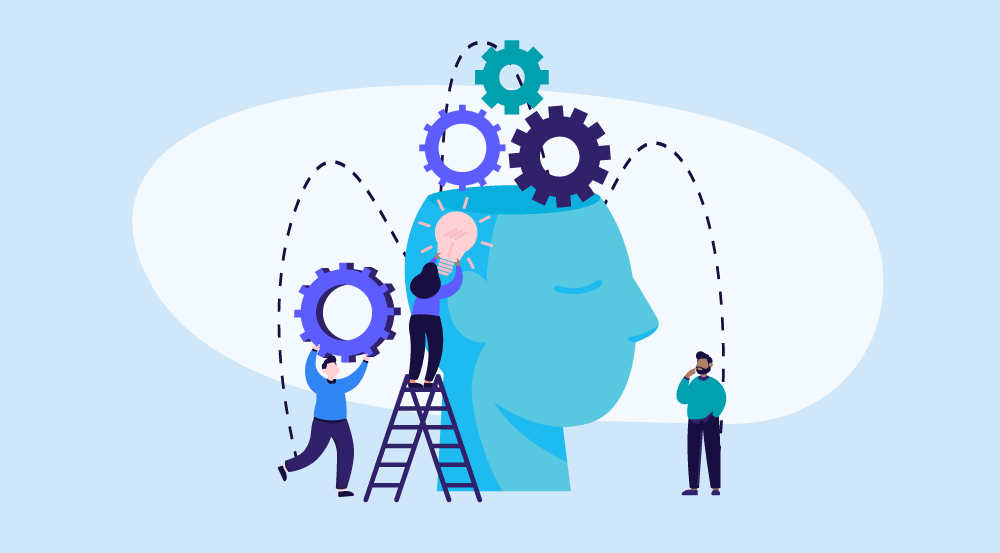Language is essential for communication, and this is a phenomenon that applies across the world to all human beings. Similar to how animals communicate with one another with sounds of varying pitch, frequency, and tone, human beings communicate through speech. This occurs through an extremely interesting mechanism that is highly sophisticated, which makes us special and makes us stand out from other creatures on earth.

Learning the English language is of utmost importance to survive in this world as it is a common language that is used for communication across geographical boundaries. Mother Tongue language, on the other hand, is also something that reflects our roots and heritage. It is important to speak our Mother Tongue language fluently, read and write in the language with ease and also make it a point to teach our children to do the same.
INDIAN LANGUAGES
The languages of India has a huge and rich history that is extremely fascinating. As far as Individual mother tongues is concerned, there are several hundred, all which have various dialects for each of them.

This is what makes the country so diverse and no matter where families relocate to, they continue to preserve the integrity of their language. This is done by speaking the language within the house and teaching children to read and write in the language as well.
There are various languages being spoken all throughout India, however, Hindi is the official language of the central government in India. The national anthem, however is in a language known as Bengali.
HINDI LANGUAGE
Hindi language was written in the Devanagari script, that has been strongly influenced by Sanskrit. The grammar of Hindi Language includes assigning gender to even non-living objects which makes this language quite special. What’s even more interesting is that some other languages of the Northen part of India such as Marathi have what they call as, striling (feminine), pulling (male), and napunsakling (neuter gender) in their grammar as well.
Learning a language
Our brain is a fascinating organ that functions in an intricate manner, one that no one could ever possibly replicate. Learning of language starts from inside the womb. The child feels the vibrations of what the mother thinks and would also respond to the sounds that it hears through the conversations that the mother has with everyone around her.

After birth, the child would listen to the sounds all around him which will register in the mind subconsciously. After hearing everyone else speak, babies would begin with what is called “cooing” and then try to make sounds that mimic speech. The learning of language starts from a stage much early in life and many of us are unaware of this fact.
Learning with a Hindi Tutor
There are many Hindi Tutors who are well-versed in the language and have a passion for teaching it as well. Hindi language has a vast number of nuances to it which makes it complex, and sometimes even a little challenging to master it. It takes a whole lot of dedication and the ability to customise teaching methods according to the learning need of each child.

Hindi tutors have to concentrate on the level of knowledge that each child has and think about what kind of study techniques need to be taught in order to push them forward. Everything from grammar to vocabulary and sentence structure needs to be monitored for every student.
Everyone Is Unique
Every person has their own set of strengths and weaknesses. No two leaves are the same; everyone has their unique ways of learning a language and grasping whatever that is being taught to them. Languages are often not looked upon as difficult subjects (as compared to math and sciences).
However, learning a language requires a great amount of patience and determination. This is because, sometimes, it may seem as though there is no progress is being made. Or the progress might be so slight that it is not proportional to the amount of effort that has been channelled into it.
In order to truly excel at a good pace, the guidance of tutor is absolutely necessary and one-to-one tuition sessions are the best for students to gain confidence and see some tangible progress.
